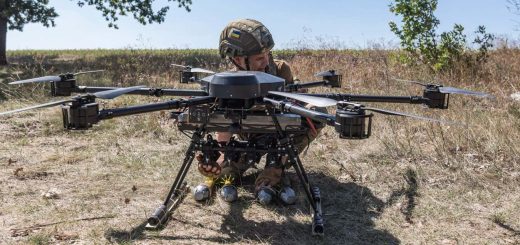The Vera C. Rubin Observatory is about to totally transform astronomy
With the ability to scan the entire southern night sky every three days, the huge Vera C. Rubin Observatory could be about to start solving the mysteries of the universe, from dark matter to Planet Nine
By Chelsea Whyte
12 June 2025
The Vera C. Rubin Observatory is about to open a new eye on the universe
Olivier Bonin/SLAC National Accelerator Laboratory
On top of Cerro Pachón, a Chilean mountain that reaches more than 2600 metres above sea level, the air is thin. I have to catch my breath as we climb the stairs inside the dome of the Vera C. Rubin Observatory. It is cool and quiet and enormous, a bit like a cathedral – until the entire dome booms into motion around us and opens to the sky.
Read more
We live in a cosmic void so empty that it breaks the laws of cosmology
Night has fallen and above us sit more stars than I have ever seen with my own eyes. The Milky Way shines brighter than usual, and I can just make out two of its galactic neighbours, the Small and Large Magellanic Clouds. However, the Rubin telescope can see far, far more. It is a behemoth: it holds world records for the largest digital camera and the largest lens, and weighs in at 350 metric tons. It is a reflecting telescope, gathering light via mirrors, the largest of which is 8.4 metres across – as wide as they could make it because a tunnel on the way up to the summit is about 8.5 metres across.
Yet despite such heft, this telescope can move extremely fast – and that will let it revolutionise what we know about our own solar system, our galaxy and the universe. Every three nights, it will complete a survey of the southern sky. Previous all-sky surveys have taken months or weeks, but the Rubin will do one in less than half a week, over and over for a decade.
“By taking the entire sky every three days, you can stack those images together to go deeper,” says observatory scientist Kevin Reil. “So after 10 years, you’ve gone very, very deep, very, very far into the universe, very far back in time. But you’re also getting the structure of the universe,” he says. The result will be a kind of cosmic timelapse, one that not only captures change, but starts to reveal unbelievably faint and distant objects as multiple images get combined to bring them into view.


